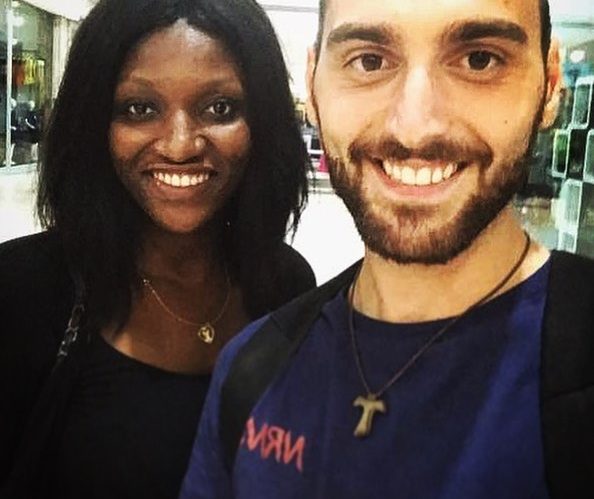
Category: Africa

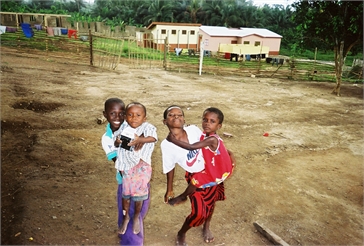
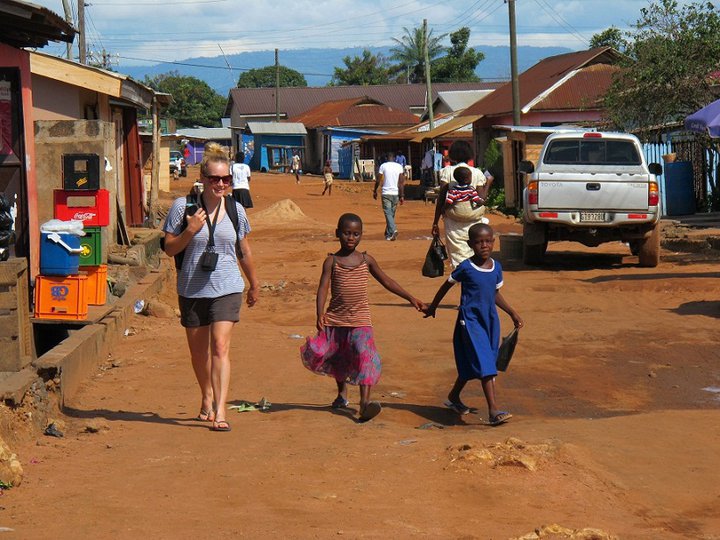
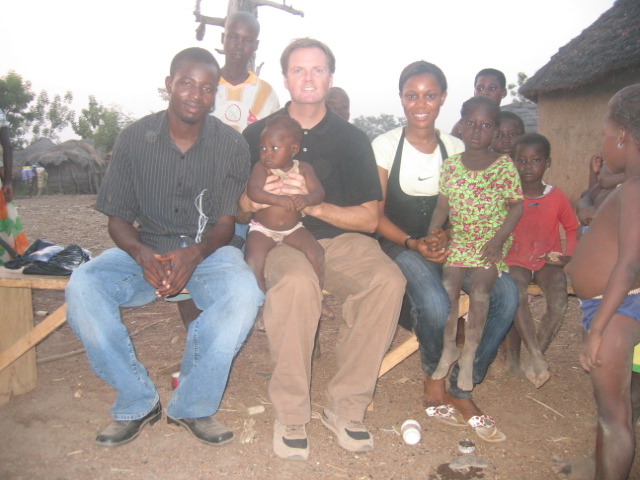

Kenya Airways Begins First Direct Flights to USA
Kenya Airways is making it even easier to volunteer in Kenya.
In 2018 Kenya Airways is beginning daily direct flights from Kenya to the United States after years of being blocked by U.S. authorities over security concerns. Continue Reading →
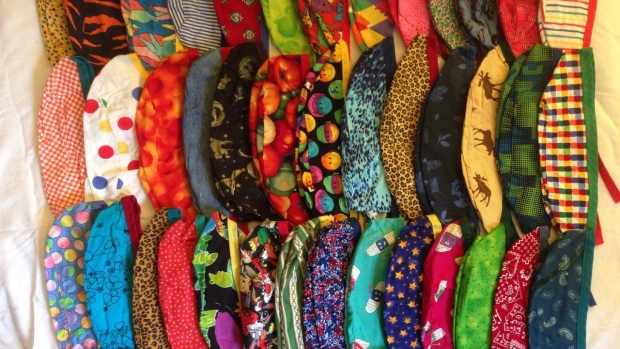
Hats for Ghana Nursing Scholarships
After volunteering in a hospital in the Volta Region of Ghana, Montreal nurse Julia Garland decided to start fundraising with handmade cloth hats.
Julia has raised over $10,000 to date, enough to fund three separate yearlong scholarships for Ghanaian nurses.
As Sarah Giles wrote recently in The Canadian Press, brightly coloured cloth caps are used by some Canadian doctors and nurses before heading into the operating room.
Retired anesthetist Dr. Glenn Gibson believes he was an early trendsetter in slipping on brightly coloured cloth caps before heading into the operating room.
So he was a bit disappointed when some hospitals started to ban the cloth protective headwear, which allow doctors to show a little personality.
“I like cloth OR caps. I got tired of wearing the plain green ones, so about 25 years ago I started making my own … with ridiculous colours and designs that nobody would buy,” said Gibson, who estimates he had about four dozen at one point.
Our medical volunteers in Ghana can use any type of cap during their healthcare internships in Ghana. The more important aspects of the medical volunteering program include learning about medical care delivery in Africa and providing treatment to locals.
As a healthcare intern in Ghana, you can work at a large hospital or a semi-rural clinic. The two primary locations in Ghana for the programs are Cape Coast and Volta Region.
You are welcome to specialize in a particular department like maternity or emergency medicine. Medical and nursing students can receive academic credit through their internship with us in Ghana, typically as an elective with their school back home.
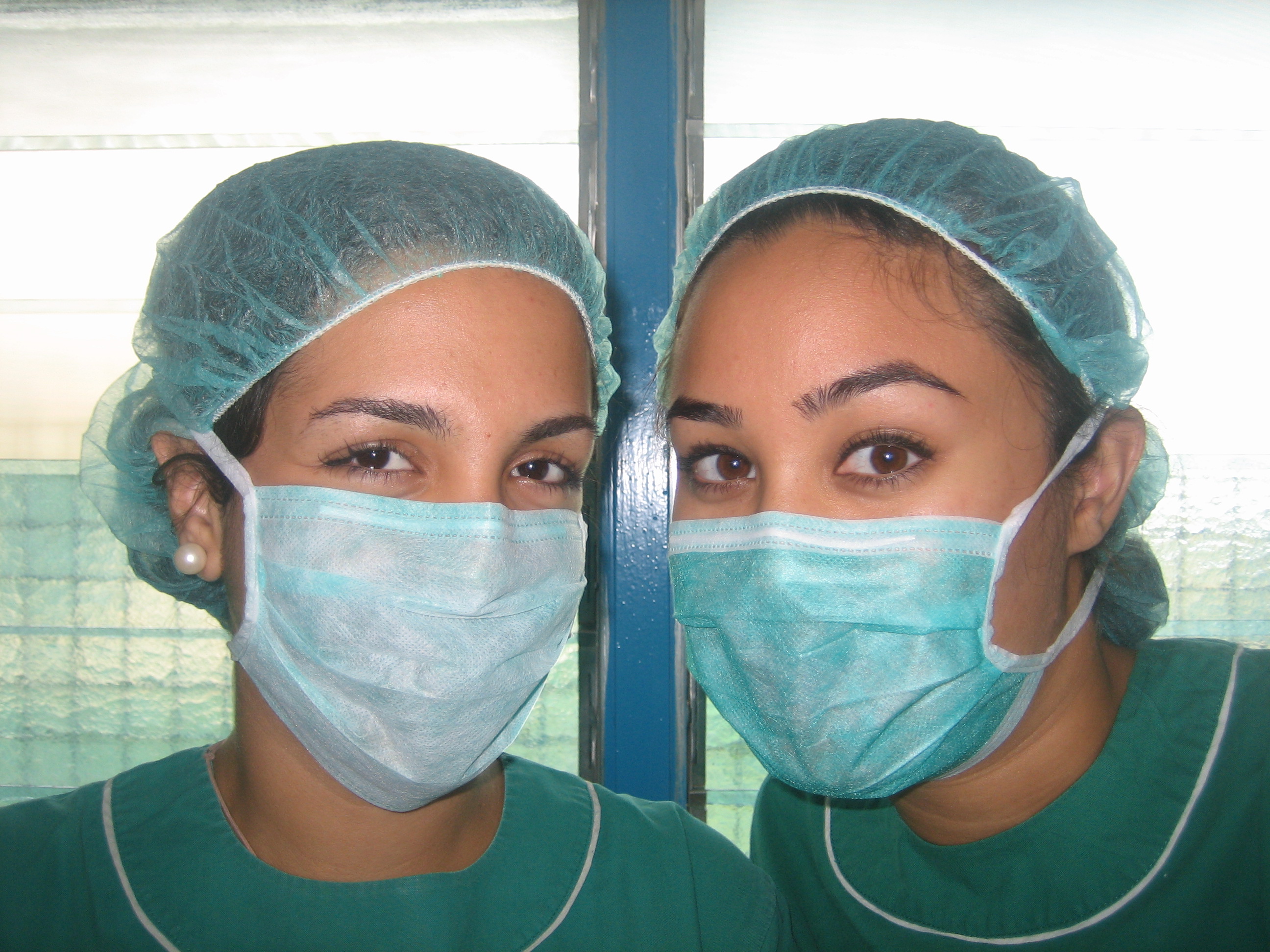
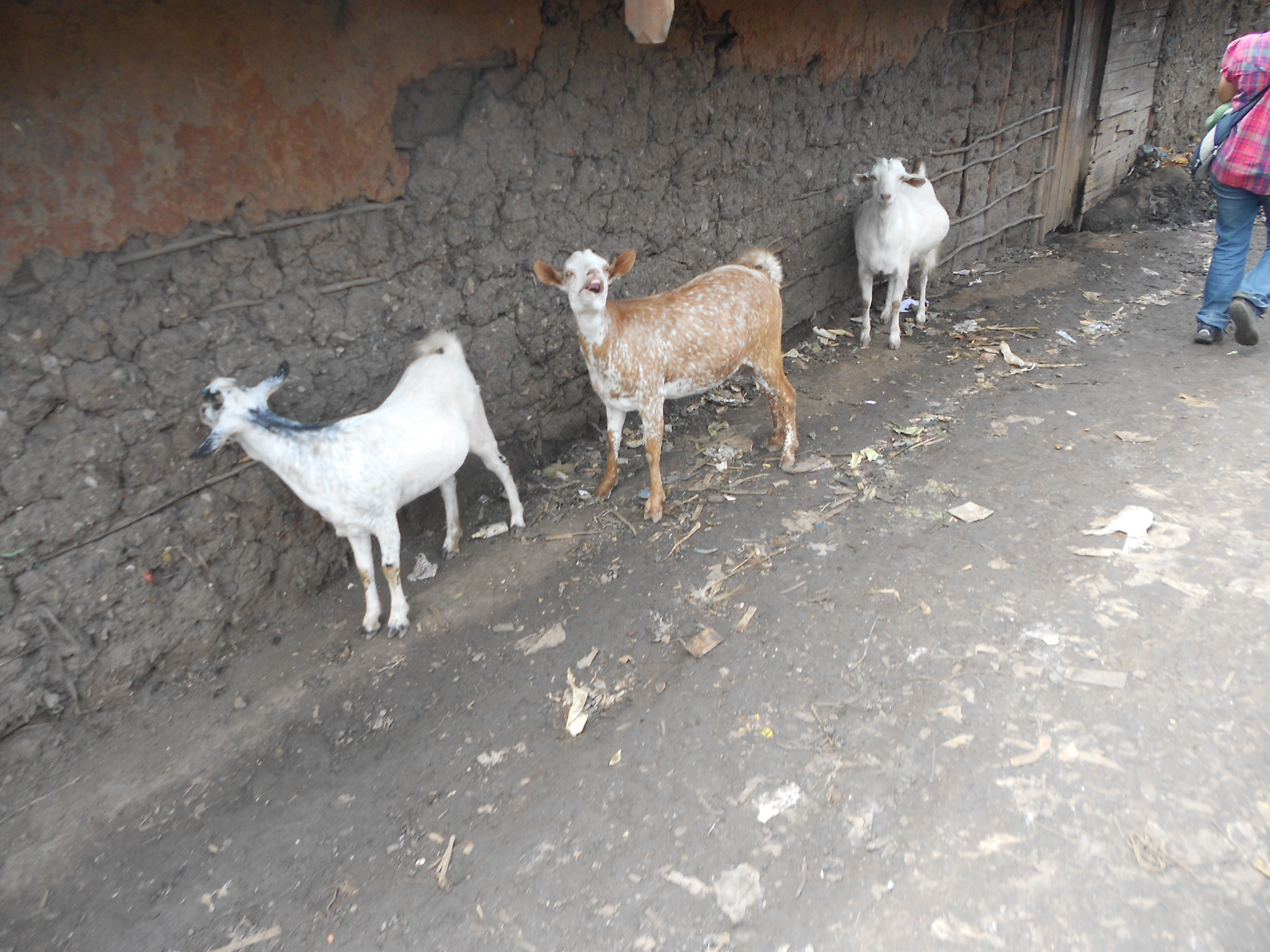
36 Hours in Nairobi, Kenya
Journalist Jeffrey Gettleman wrote an article in the New York Times about his 36 hour trip to Nairobi, Kenya.
The piece appeared last December, but I liked it so much that I wanted to share it again.
Nairobi can be a bit rough for sure. One day, as I was walking one of our volunteers through the city center, someone tried lifting her cell phone from her back pocket!
Still, our volunteers have always loved living and volunteering in Nairobi. The city is vibrant, fast-paced, and filled with delicious local food and modern cafes.
In the world of volunteering in Kenya, the most “sexy” spot is the Kibera Slums.
Many films have been based in Kibera, including The Constant Gardener, The Kibera Kid, and most recently the documentary Mully just released in the US.
On one of my last walks through Kibera, I accompanied a local church minister and one of our volunteers on house visits to home-bound members of his congregation.
Here are some of the photos I took in Kibera that day:


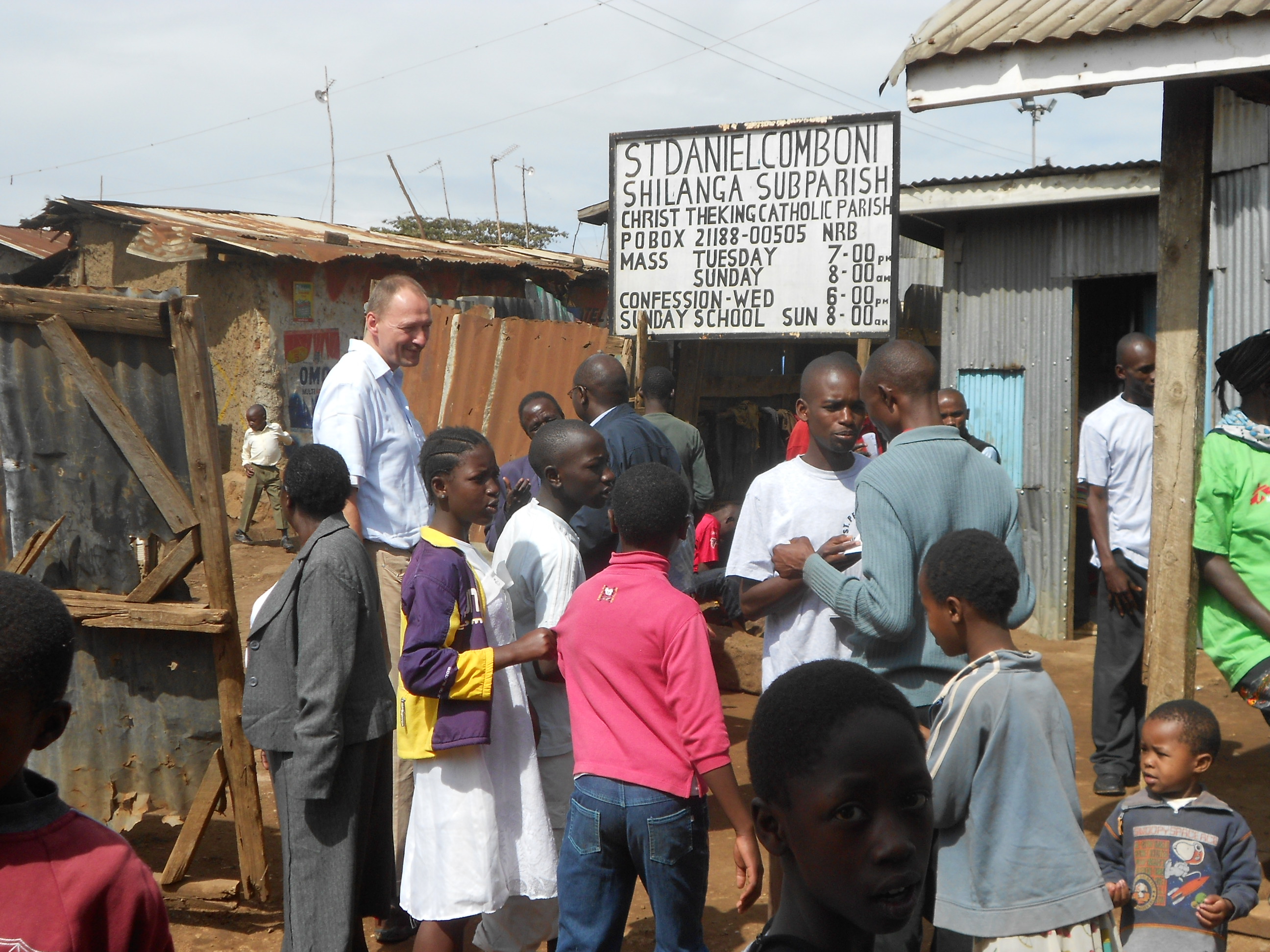
Getting back to Gettleman’s Nairobi article, here is the video that accompanied his piece:
And Gettleman’s summary of Nairobi:
Nairobi, the capital of Kenya, calls itself the City in the Sun, and a visit can be as pleasant as that sounds. Most outsiders drop in for two reasons: business and animals.
A short flight from spectacular wildlife parks such as the Maasai Mara, Nairobi has also become a magnet for some of the world’s biggest corporations trying to gain a foothold in Africa.
The city is surprisingly beautiful with flowering trees and the perfect climate: 70s and 80s, sunny, low humidity — almost every day.
It’s a palpably multicultural place, encapsulating what is happening in Africa better than any other city on the continent. Picture new construction, a lot of people, intense traffic, and more and more Western businesses.
Yet you can still feed giraffes and baby elephants from within the city limits and see Maasai warriors ordering lattes in red-checkered blankets.
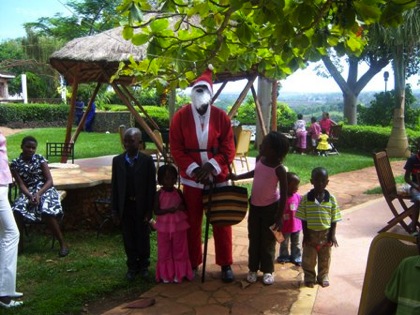
Christmas in Africa
Journalists Kristy Carlson and Rachel Pieh Jones write this week about Christmas across Africa:
“…the variety of ways people commemorate this holiday. And not just the traditions but the seasons, the weather, the food, the songs, the meanings.”
Slum Tourism in Kenya
An article in today’s Sydney Morning Herald talks about the growing phenomenon of “slum tourism,” with the Kibera section of Nairobi, Kenya being one of the most popular “destinations”. What do the residents of Kibera think? Not much, apparently.
“These see us like puppets, they want to come and take pictures, have a little walk, tell their friends they’ve been to the worst slum in Africa,” says car-wash worker David Kabala. “But nothing changes for us. If someone comes, let him do something for us. Or if they really want to know how we think and feel, come and spend a night, or walk round when it’s pouring with rain here and the paths are like rivers.”
Our volunteers know what it’s like. They’ve helped out at numerous medical clinics and social work organizations in Kibera since we started programs there almost two years ago. And they live right in Kibera, with locals like David as their neighbor, often forging friendships that last well after the volunteers return to their home countries.
